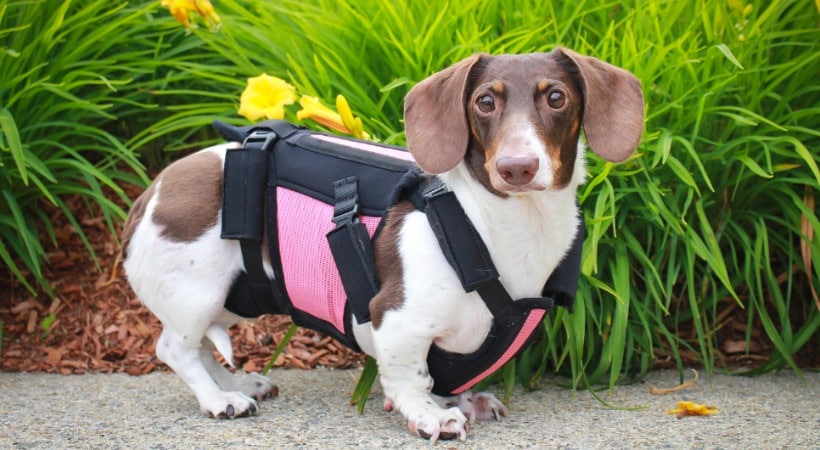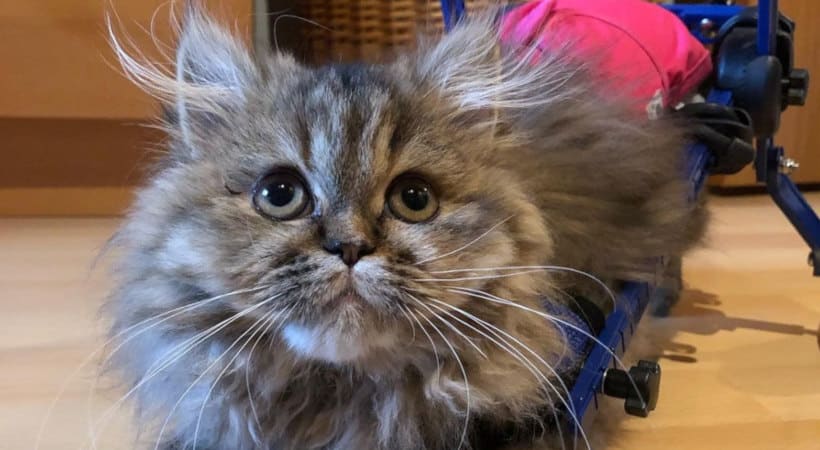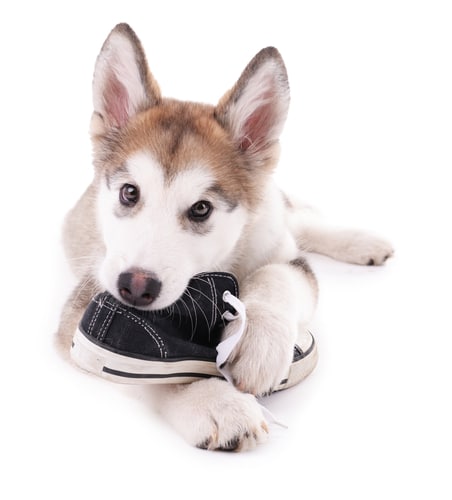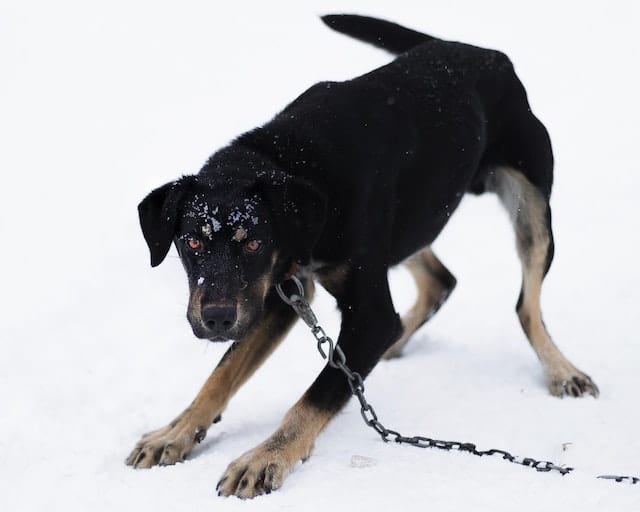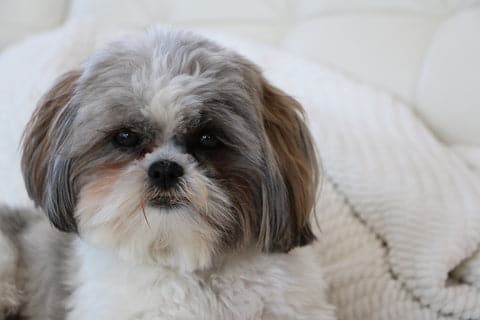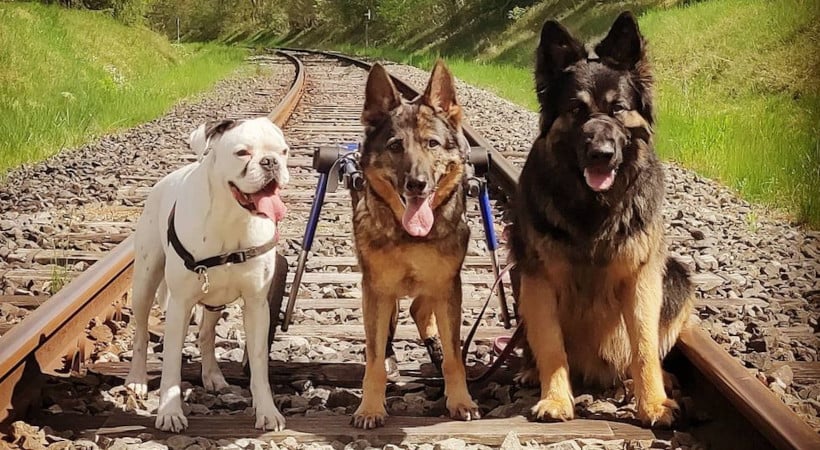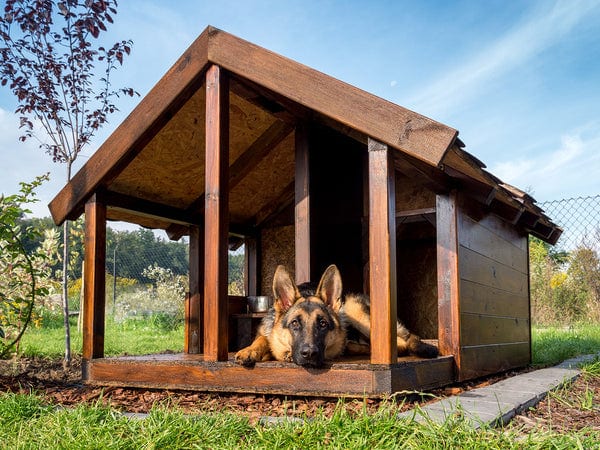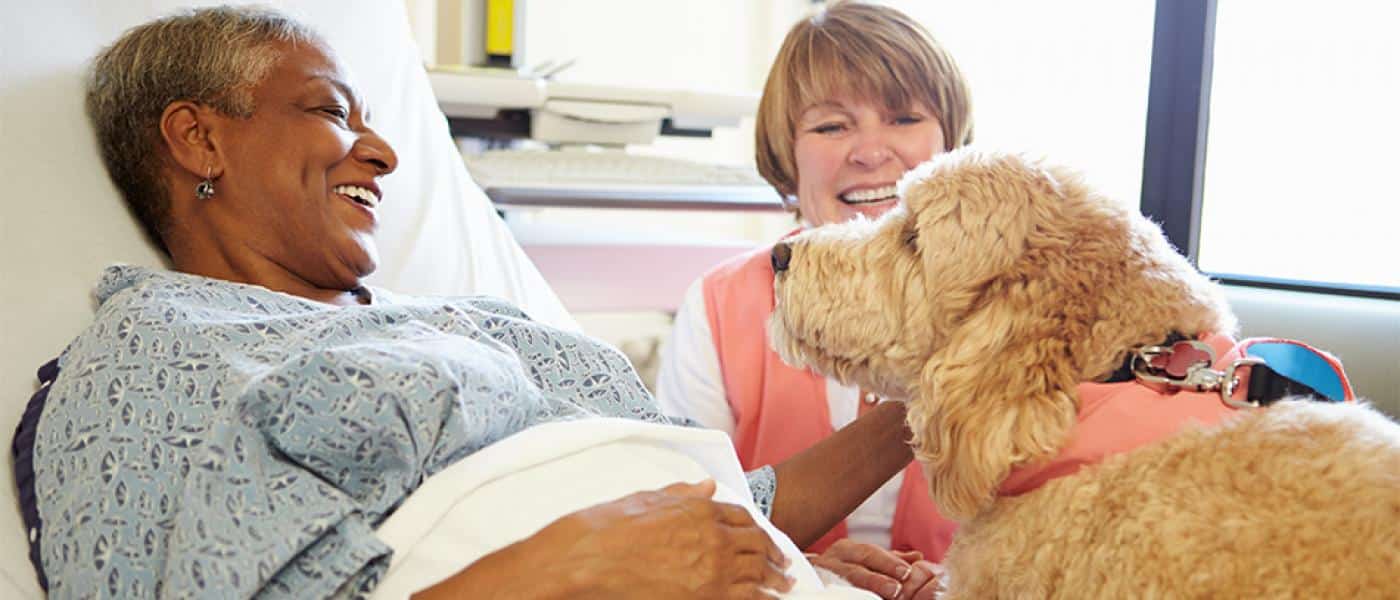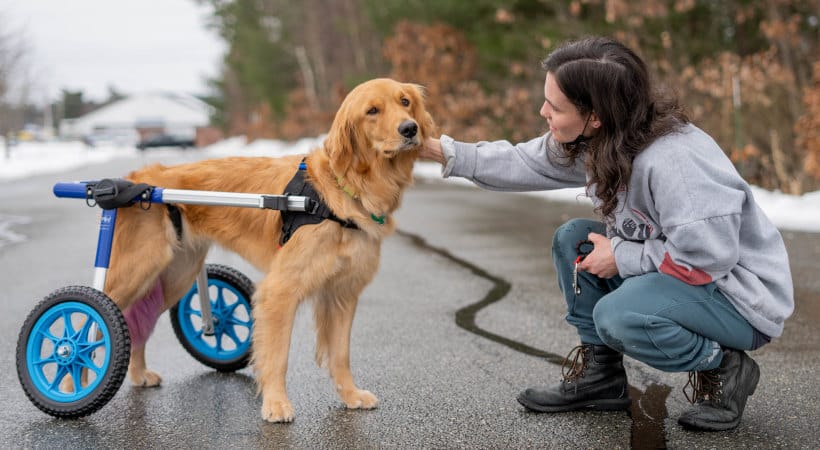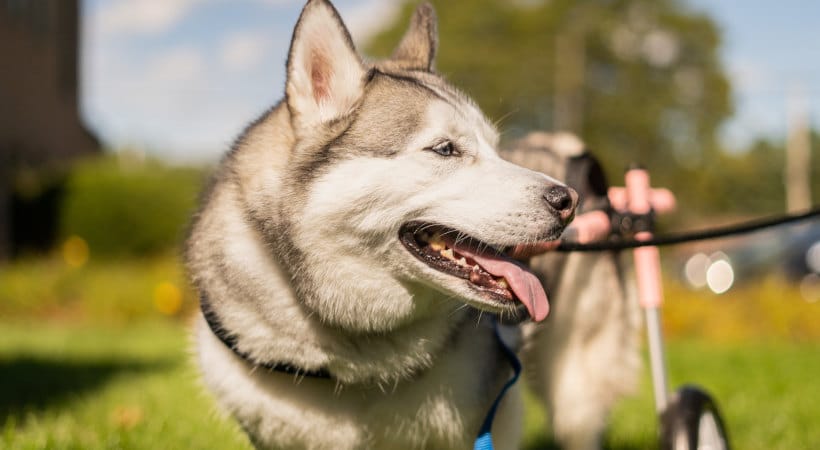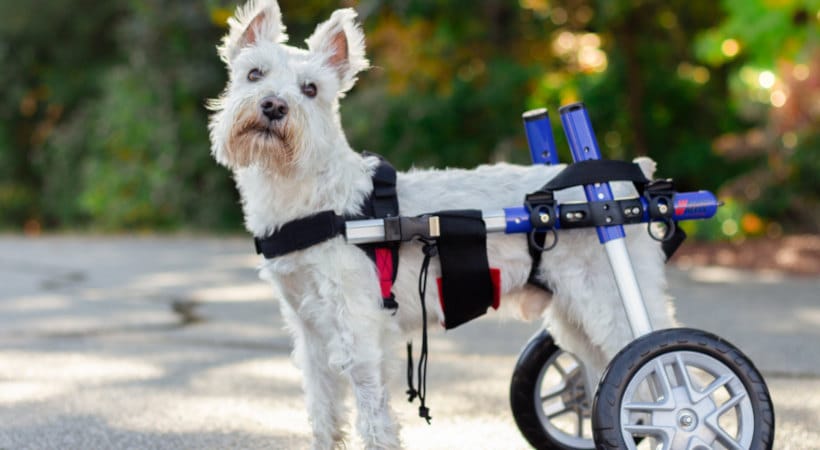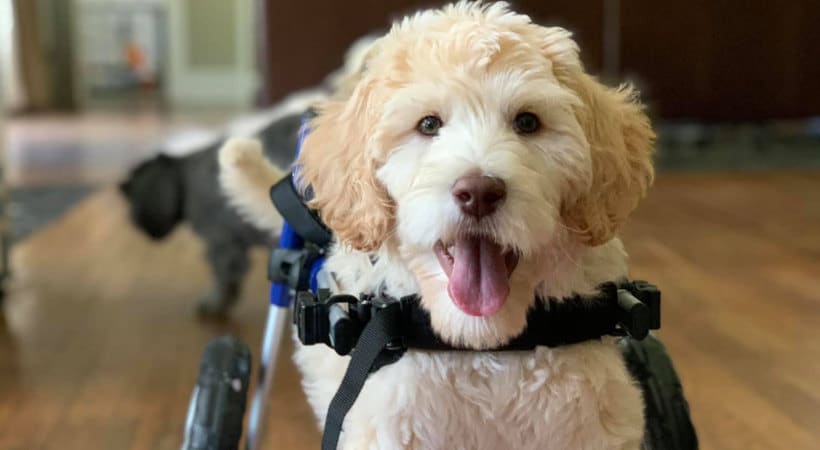Canine Chondrodysplasia: What’s it?
Chondrodysplasia, often known as canine dwarfism, is a recessive genetic defect present in purebred canines. This dysfunction causes the irregular development of cartilage and ends in the disproportionate development of a canine’s limbs, which causes dwarfism. As well as, the chondrodysplasia gene adjustments the way in which joints develop and the pace at which they develop, leading to disproportionate development and different attainable well being points.
Signs of Chondrodysplasia in Canine
- Legs proportionate to one another however to not the canines physique
- Sluggish or whole lack of development in a pet
- Protruding decrease jaw
- Crowding enamel
- Crocked backbone
- Bowed entrance legs
- Brief or disproportionate stature
- Coronary heart points
Usually you received’t have the ability to discover the chondrodysplastic traits when the pet is first born, and the bodily signs will develop because the canine grows. It’s because their bones is not going to develop on the similar pace as a “wholesome” canine.
In some breeds, the truncated, shorter limbs are inspired to fulfill “breed requirements.” For instance, that is typically seen in dachshunds and corgis. Nonetheless, this follow can negatively affect the breed and result in extreme well being and mobility issues inside the breed.
Is Canine Dwarfism Deadly?
Dwarfism will not be deadly. Many canines with chondrodysplasia have continued to be bred to encourage the recessive trait. This follow is widespread in breeds like Basset Hounds, Corgis, and Dachshunds. Nonetheless, for canines who aren’t particularly bred to be dwarfs, you’ll discover at 5-6 months of age that they’ve stopped rising and aren’t creating as regular.
Canine can dwell extraordinarily regular wholesome lives with chondrodysplasia, however it would be best to be additional cautious along with your canine’s well being; they’re extra prone to undergo from coronary heart abnormalities, joint ache, and decreased bone density. Relying on the severity of the signs, canine dwarfism can shorten a canine’s life and affect its high quality of life. Subsequently, your canine should obtain common Veterinary care and therapy for the situation. A canine with minor problems from chondrodysplasia can lead a fairly snug life.
Nonetheless, monitoring his weight is important, as a canine with dwarfism is liable to weight problems, making residing with this situation a problem. Extra weight will result in extra strain in your canine’s joints that are already smaller and holding extra weight than they need to. Holding your canine trim and exercising will assist reduce the chance of arthritis and joint ache.
Again Issues in Canine with Chondrodysplasia
Canine with Chondrodysplasia have an elevated danger for disc degeneration and a situation referred to as IVDD. Calcification and untimely disc deuteriation can start in canines as younger as 1 yr previous. These spinal disc abnormalities are liable to herniate, which may result in extreme again ache and even paralysis. Pet dad and mom caring for a canine with dwarfism want to concentrate on this danger. Monitoring your canine’s weight and the way they’re supported may also help stop again points.
Remedy Choices
Dwarf canines may have a number of the signs of dwarfism corrected with surgical procedure, however it’s normally not rewarding and tends to solely trigger problems with early arthritis down the road. Your Vet could suggest ache relievers, anti-inflammatory medicines, and joint dietary supplements, as bone deformities could cause important ache on your canine.
In some circumstances, chondrodysplasia can result in mobility issues. In theses case, an assistive gadget or canine wheelchair may also help hold the pet energetic and scale back joint strain. The help of a wheelchair reduces the pressure positioned on a canine’s legs and supply the help they should stroll usually. Many dwarf canines will want a full help wheelchair in order that they’re supported in the back and front legs. Sadly, there isn’t a definitive therapy for chondrodysplasia, and each canine’s therapy plan will differ.
As canines with dwarfism age, there may be an elevated danger for extreme arthritis, weight problems, and joint ache. Nonetheless, common Veterinary care, a nutritious diet, and plenty of train can considerably enhance their high quality of life and total well being as they age.

